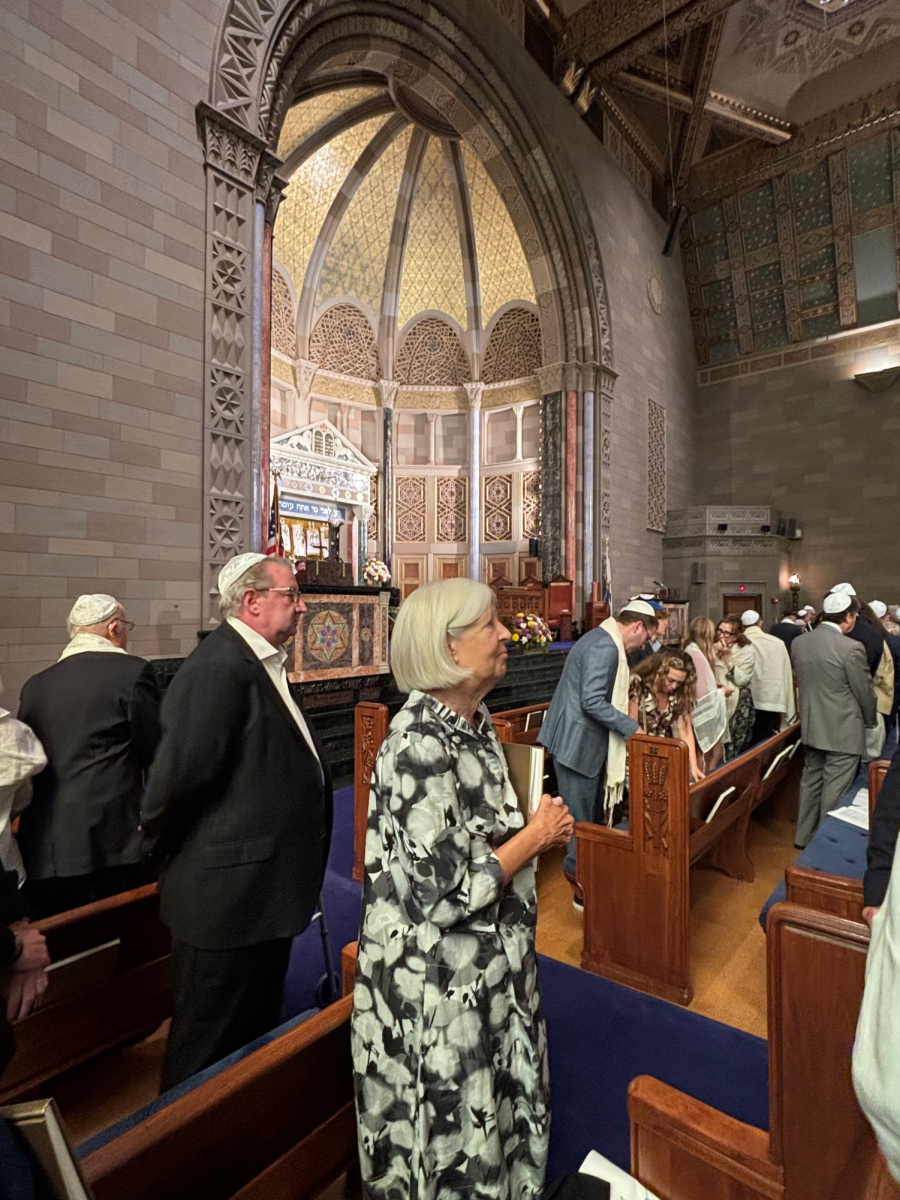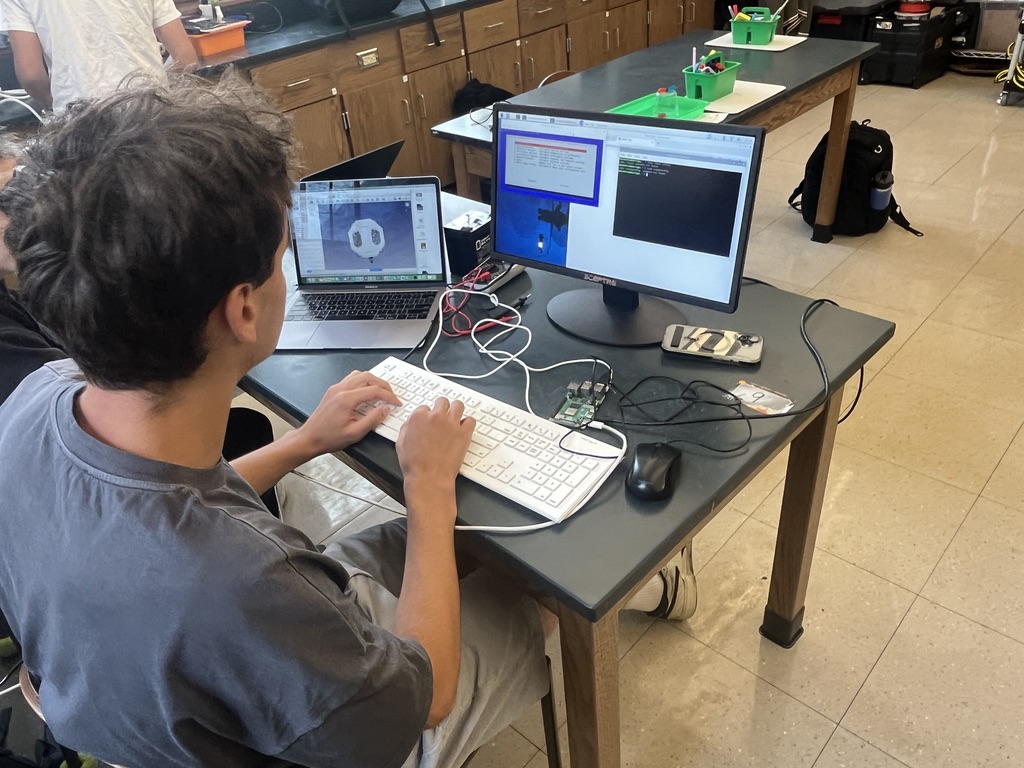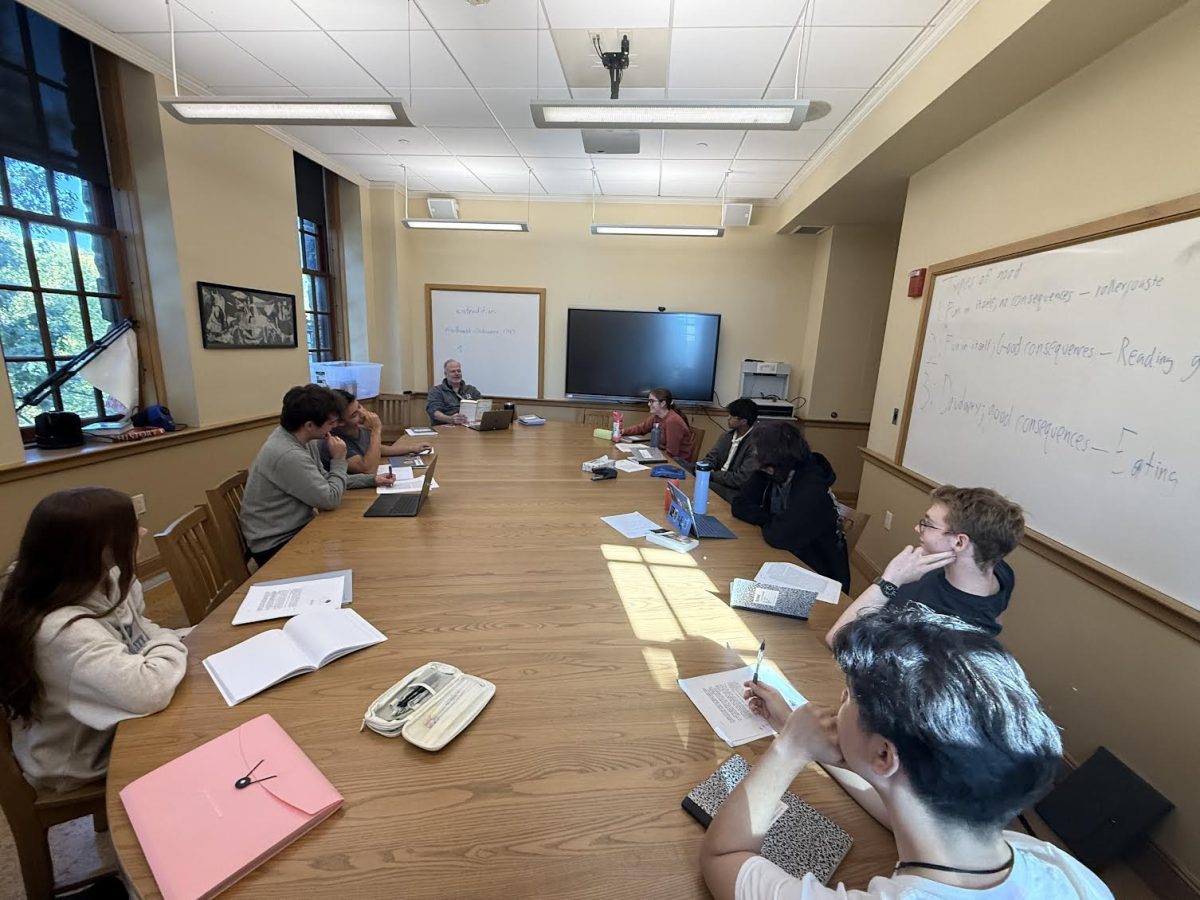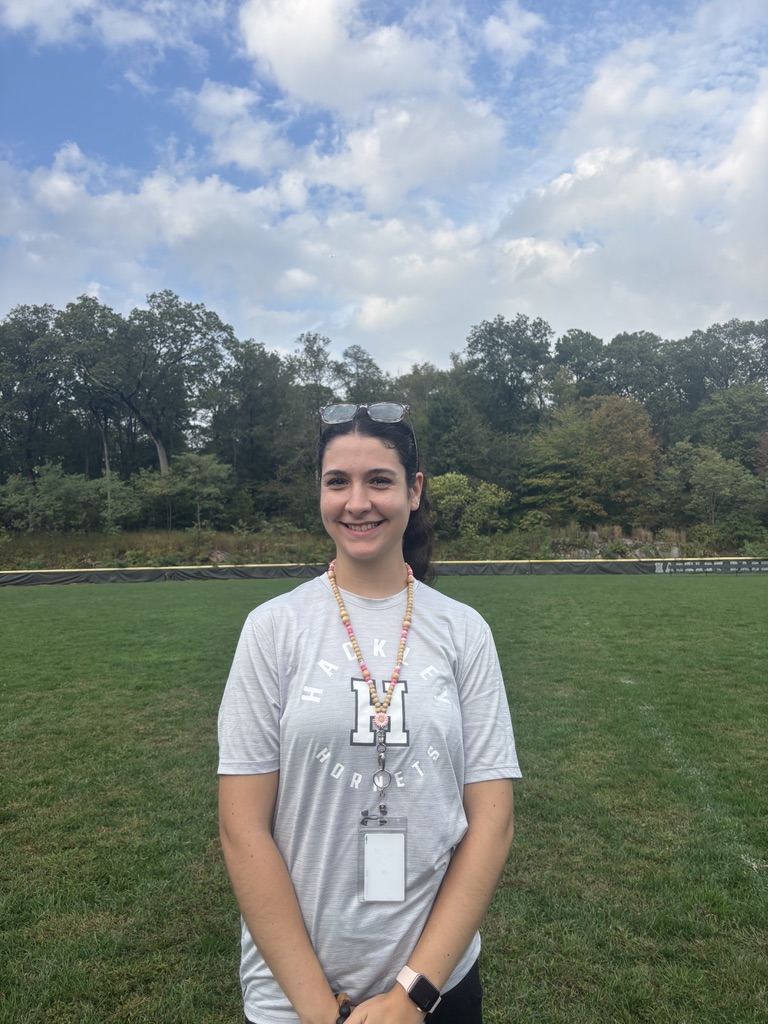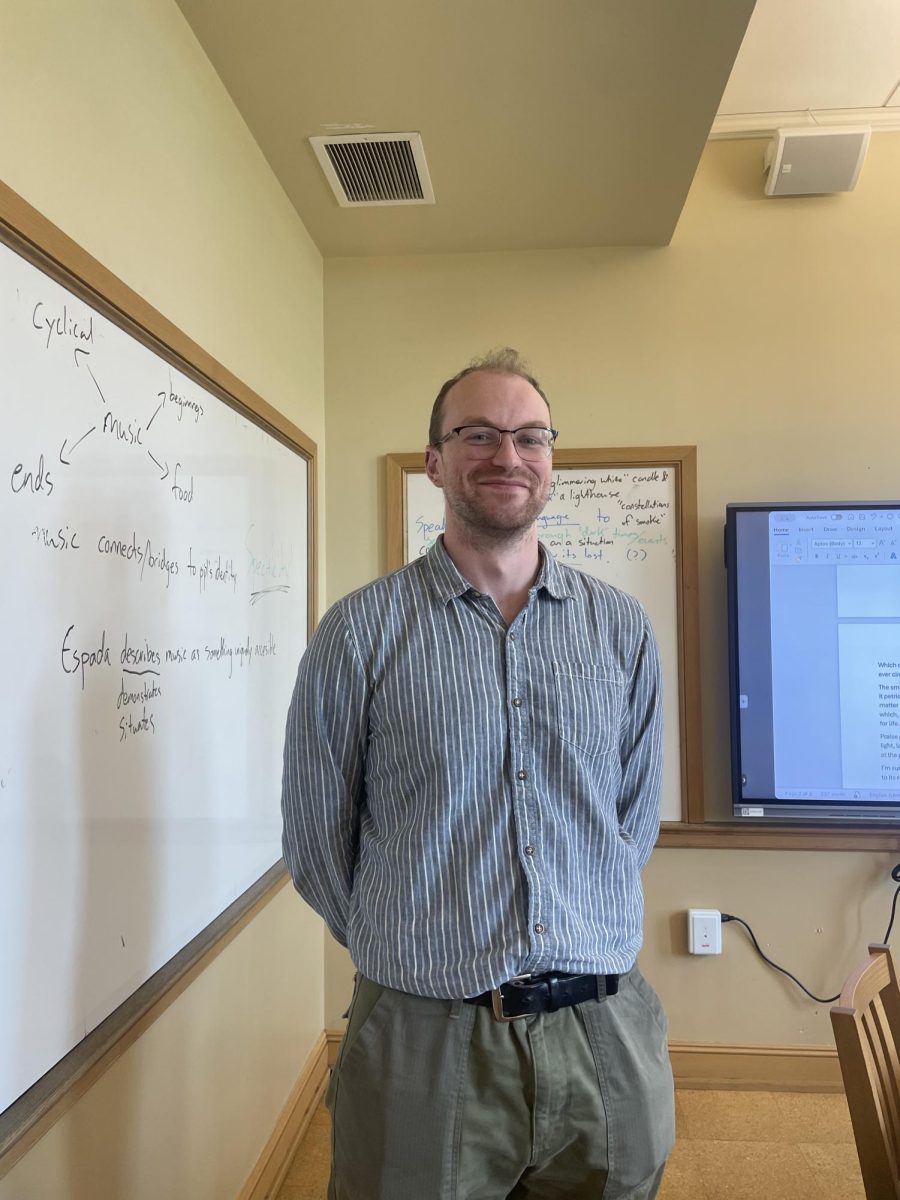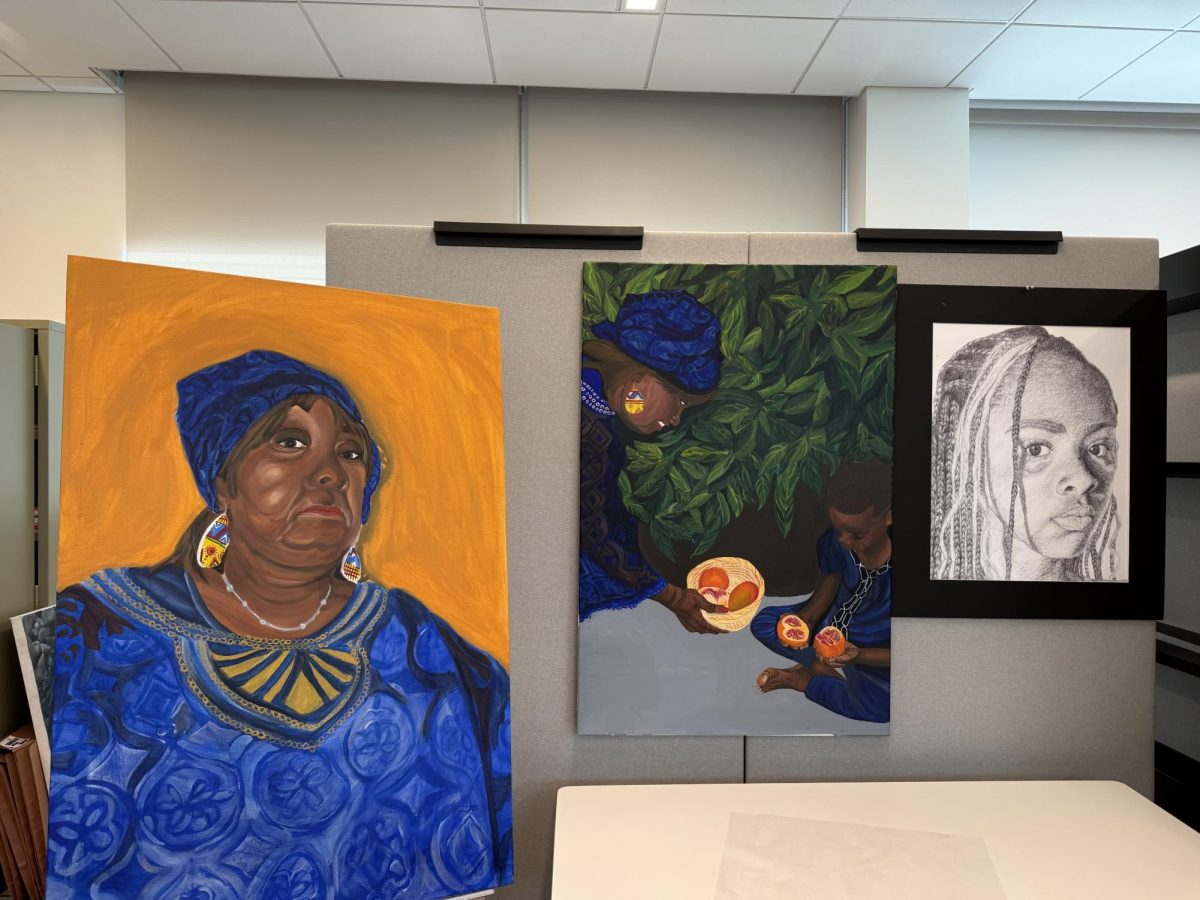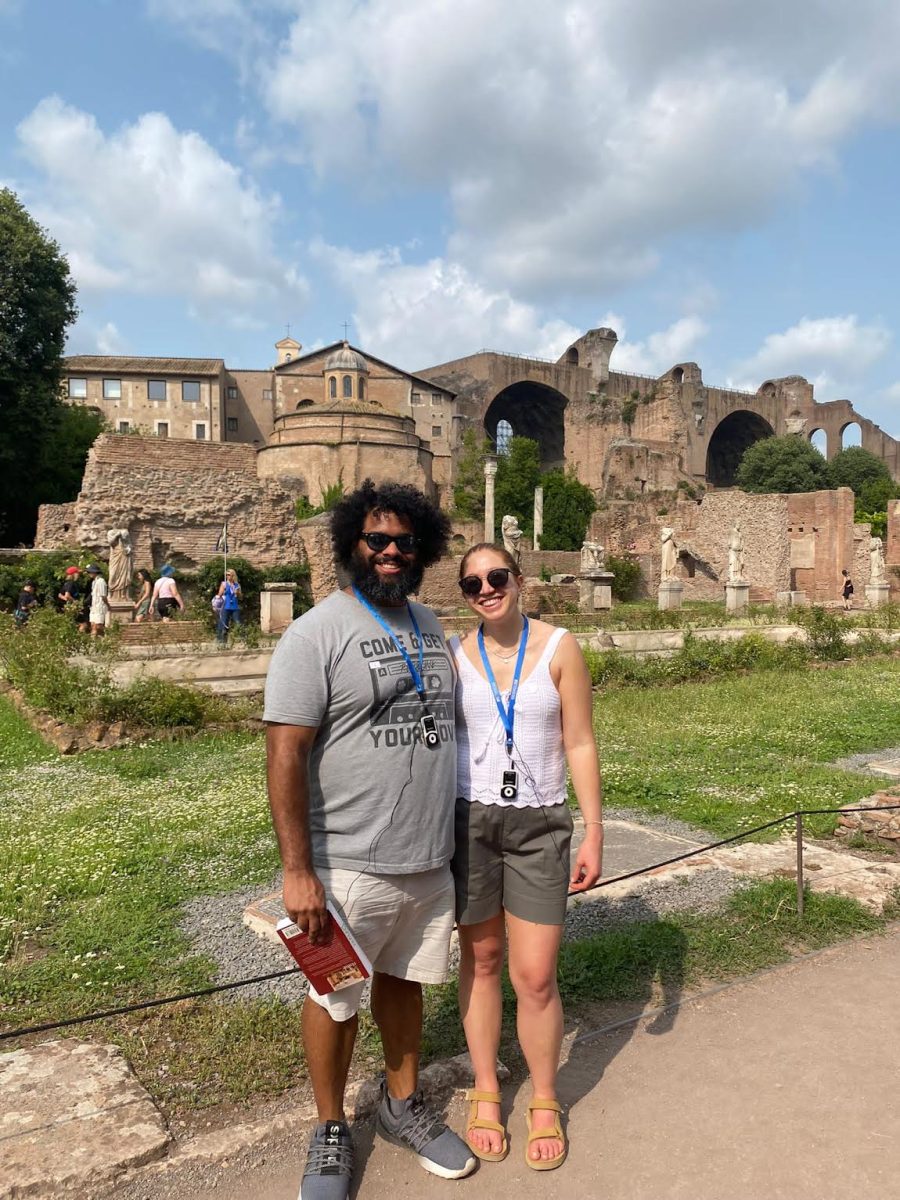You frantically wake up as the sound of your alarm blares from your nightstand. You look at the date on your phone and realize you forgot to turn off your alarm; there’s no school! While you go back to sleep, hang out with your friends, or binge-watch your favorite TV show, many Jewish Hackley students and faculty are busy celebrating Rosh Hashanah and Yom Kippur, also known as the High Holidays.
This year, Jewish people worldwide turn the page on their calendars from 5785 to 5786. Like the Christian New Year, Rosh Hashanah is a time for celebration with family and friends. Each family celebrates the New Year differently; there is not one specific or correct way to observe this holiday.
Junior Mai Malkiel spent her Rosh Hashanah surrounded by music.
“My aunt was a cantor at the temple in Riverdale. My family used to go see her, and my dad would play with her at her synagogue, and then we’d make dinner together as a family,” said Mai.
Food is an essential part of Rosh Hashanah, seamlessly tying together traditions and family gatherings. For instance, people dip apples in honey, which represents a sweet and prosperous New Year. Another popular Rosh Hashanah snack is challah and honey, a classic Jewish sweet treat. Certain foods, such as matzah ball soup, brisket, and latkes, are not specific to Rosh Hashanah but are typically eaten during any Jewish Holiday.
“My mom makes really good latkes, even if it’s not Chanukkah, she makes them every time there’s a holiday,” said senior Ben Nadorf, a leader of the Jewish Alliance and Culture Club.
Shortly after the celebration of Rosh Hashanah comes Yom Kippur, the holiest holiday in the Jewish calendar. This is a time when Jewish people take time to reflect on their mistakes, ask God for forgiveness, and improve themselves for the year ahead.
Lisa Oberstein, the Head of the Lower School, spent her time reflecting by connecting with nature.
“One of the things that we’ve done since I was young was go into the woods. We find a peaceful place and take a walk or hike together,” Ms. Oberstein said.
On the other hand, junior Lilly Rosenthal spent her Yom Kippur doing Tashlich, a common Jewish ceremony practiced on Yom Kippur.
“You take a piece of bread and throw it into a river. Each piece of bread is meant to represent something that you regret from that year. We do Tashlich every year, which I love, and there is this really adorable pond by my house, and the cantor comes to the pond and he sings songs,” Lilly said.
With the school’s diverse student and faculty population, Jewish people on campus feel like they have a safe environment to express themselves and their religious identity.
”Hackley does a good job of being an open and secular environment,” Mai said.
The school celebrates its identity through the Flik culture meals during religious holidays such as Passover and Chanukkah. By offering foods of diverse cultures, non-Jewish students get to taste the rich palate of Jewish culture. Hackley aims to educate people on Judaism through the Jewish Alliance and Culture Club, which is run by Jewish students. The club makes presentations during all school meetings and sets up celebratory booths during the holiday season, a festive way to educate the community about Jewish culture.
“I’ve learned a lot from this club, and I think that’s a good way Hackley upholds my community,” Ben said.
The observances of Rosh Hashanah and Yom Kippur are extremely different, yet important in their own ways. The High Holidays bring communities together and create meaningful and lasting traditions.

